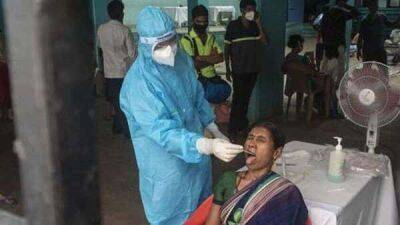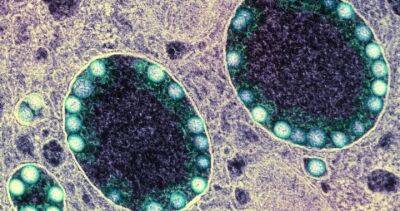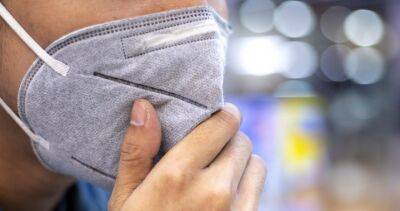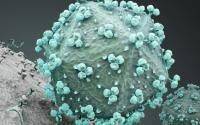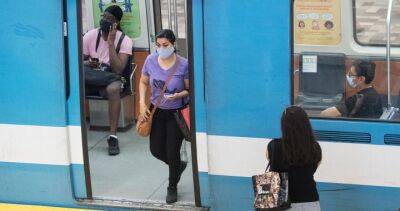Ontario’s top doctor predicts ‘calm summer’ for COVID-19, worries about BA.4, BA.5
COVID-19 indicators are heading in the right direction ahead of what looks to be a “calm summer,” though he is concerned about BA.4 and BA.5 subvariants.Dr.
Kieran Moore, the chief medical officer of health, says COVID-19 levels in wastewater are declining, as is the test positivity rate, and the number of people hospitalized due to the virus.Moore predicts a “low level of endemic activity” throughout the summer, but is already preparing for the fall as more activities take place indoors, where the risk of transmission is higher.
Ontario COVID numbers: 1,451 people in hospital, 175 in intensive care He says keeping up to date with vaccinations is key in stopping the spread, whether virus activity is high or low, and encouraged people to get booster doses because immunity wanes four to six months after the last dose.Ontario has been offering fourth doses to everyone 60 and older since early April, but Moore says only 21.8 per cent of people in that age group have received four shots.Moore says the BA.4 and BA.5 subvariants of Omicron, which have been detected in South Africa, are 10 per cent more transmissible than the already highly transmissible BA.2 subvariant that took off in late winter in Ontario.Ontario reported 14 new deaths linked to COVID-19 Thursday, after reporting 29 new deaths on Wednesday.The province said there are 1,451 people hospitalized with the virus, down from 1,528 the previous day.
The number of people in intensive care decreased slightly to 175 from 176 the day before.Ontario’s top doctor says COVID-19 indicators are heading in the right direction ahead of what looks to be a “calm summer,” though he is concerned about BA.4 and BA.5 subvariants.Dr.
Read more on globalnews.ca
